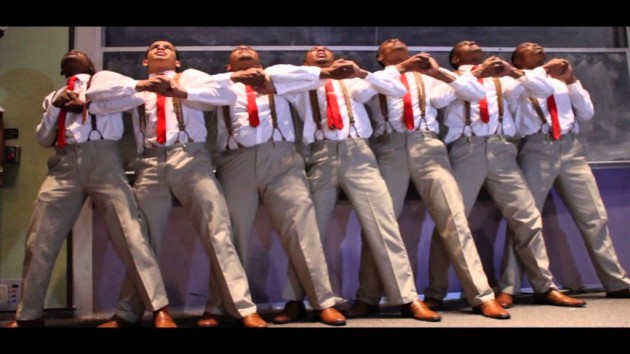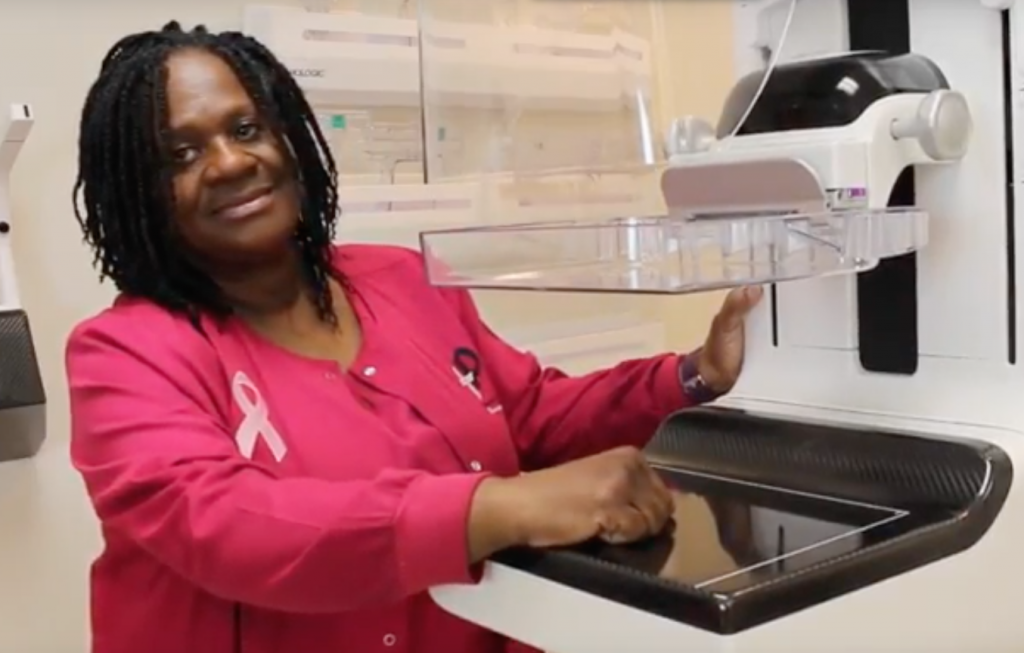Book on Ward 7 neighborhood offers architectural history
Every neighborhood in the District has a story, each with its identity markers and prominent residents. Little is known about tucked away areas, especially sections in far Northeast. The book “Washington, D.C.’s Deanwood” (Arcadia Publishing)introduces native Washingtonians and others to a hidden gem. The dominant focus of “Washington, D.C.’s Deanwood” is on the historical landscape of the Ward 7 subdivision. Deanwood was originally a rural area and part of a land grant given to farmer and landowner Ninian Beall in 1703. William Benning and Levi Sheriff later bought portions of the land. Deanwood eventually grew to be a self-sufficient neighborhood with many homes constructed by African-American architects, like brothers Randolph and Jacob Dodd. The book highlights the different architectural styles of the houses, with the standard being semi-detached and single-family homes, which contributed to much of Deanwood’s current suburban vibe. The book even discusses the District’s first amusement park, Suburban Gardens, which served as the African-American answer to the neighboring Glen Echo Park in Maryland during segregation. Patsy Fletcher, community outreach coordinator for the District’s Historic Preservation Office, began to form the Deanwood History Committee while compiling information for an architectural survey. Fletcher is not a resident of Deanwood, but her interest in the neighborhood formed through a friend who lives there. “I am always visiting and taking interest in her concerns for her neighborhood.” At the time Fletcher was conducting the survey and forming the committee, development was being planned for Deanwood. She wanted to make sure before any ground breaking that nothing of historical value would be destroyed. After realizing the wealth of information residents and descendants of Deanwood families were offering, Fletcher invited Elaine Bowman, Deidre Gantt, Alverna Miller, Barbara Moore and Kia Chatmon, all residents or connected to Deanwood in some way, to join the committee. After the survey, the initial next step was to create a 16-page neighborhood brochure, but the information kept piling up. Naturally, the women decided to produce a book. Since the book’s release last April, Deanwood, located in the far northeast end of the city encompassed by Eastern, Kenilworth and Nannie Helen Burroughs Avenues, has become a bit more than just a blip on the District’s map. The neighborhood has been added to the citywide African -American Heritage Trail.
Points of interest include the Randolph Dodd home on Meade Street; the site of the National Training School for Women, now a private elementary school named for its founder, educator and civil rights activist Nannie Helen Burroughs; and the Fitch Street residence of African-American architect Howard D. Woodson, who designed both the Vermont Avenue and Metropolitan Baptist Churches in the District and parts of Union Station. Kia Chatmon, chairperson of the committee, was born and raised in the District. Her grandmother lived in the Deanwood area near 52nd and Clay Streets. For a while, she lived in California, but moved back to Deanwood within earshot of her grandmother’s old home. “Deanwood’s charm is the close-knit community appeal,” says Chatmon. “As someone told me, it has a country feel to it.” Fletcher shares the same sentiment. “It’s country, but that’s one of the unique things about Deanwood.” Thanks in part to Fletcher and the help of the Deanwood community, some of Deanwood’s charm will not be erased. A few historical landmarks have been declared. One major landmark is the Strand Theater at Division and Nannie Helen Burroughs Avenues. The original structure will be refurbished with shops and other entertainment attractions. “People are starting to take a second look at Deanwood, but I think there is more to it,” says Chatmon. “There is a lot going on, especially with revitalization and development. The fight to bring resources into Deanwood began a long time ago. It started from the time when Deanwood was created.” It’s still evident in today’s Deanwood that a community of folks pulled together to build a foundation. After all, being a village is part of Deanwood’s charm. “Washington’s D.C.’s Deanwood” (Arcadia Publishing) is part of a series on neighborhoods in D.C. and can be found in major bookstores, Busboys and Poets and online at Amazon.com.





